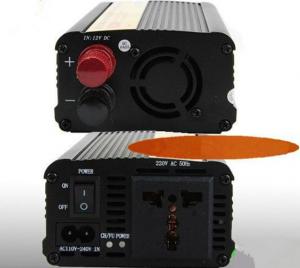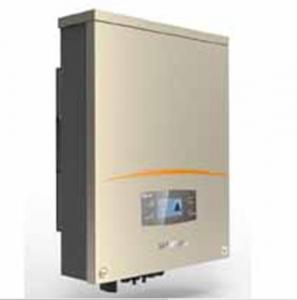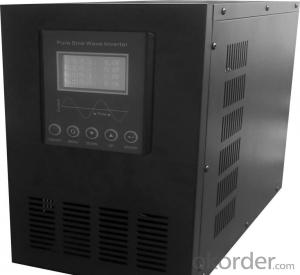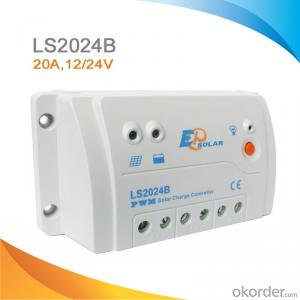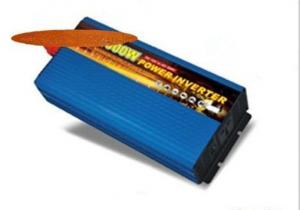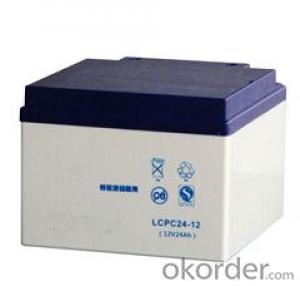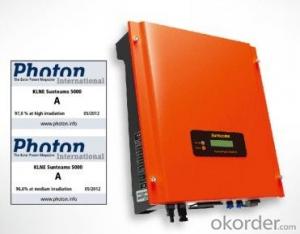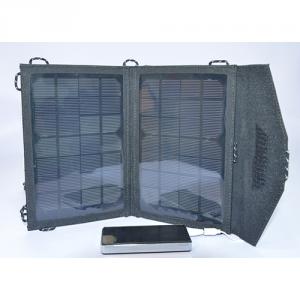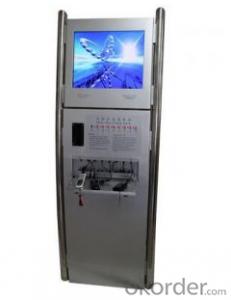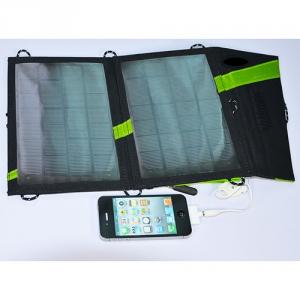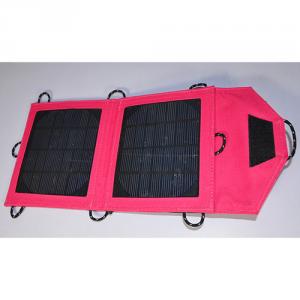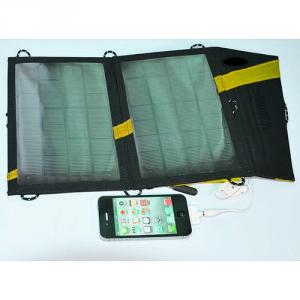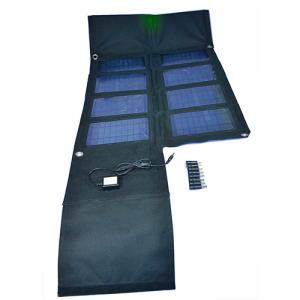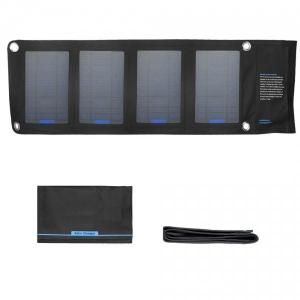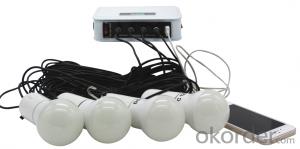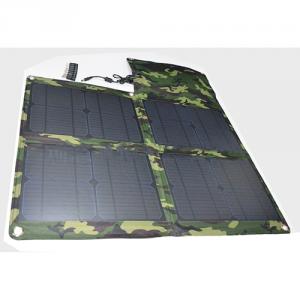Solar Inverter Charger 24v
Solar Inverter Charger 24v Related Searches
24v Solar Inverter Charger 24 Volt Solar Inverter Charger Solar Power Inverter 24v Solar 24v Inverter 24v Solar Inverter Solar Inverter Charger 12v 24v Inverter Solar 24 Volt Solar Inverter 24 Volt Inverter Solar 24 Volt Solar Power Inverter Solar Inverter Charger Solar Inverter Charger 48v 12v Solar Inverter Charger Solar Power Inverter Charger 12 Volt Solar Inverter Charger Inverter Charger Solar 48v Solar Inverter Charger Solar Inverter 240v Solar Charger Inverter 24v Hybrid Solar Inverter 24 Volt Hybrid Solar Inverter Solar Charger For Inverter Inverter Battery Solar Charger Hybrid Solar Inverter 24v 240v Solar Inverter Solar Charge Inverter 240v Inverter Solar 240 Volt Solar Inverter Solar Charger With Inverter Charge Inverter Battery SolarSolar Inverter Charger 24v Supplier & Manufacturer from China
Solar Inverter Charger 24v is a versatile product that combines the functionality of a solar charger and an inverter, making it an essential component for various solar power systems. This device is designed to convert the DC power generated by solar panels into usable AC power, which can then be utilized to charge batteries or power various electrical devices.The Solar Inverter Charger 24v is widely used in a range of applications, including off-grid solar systems, recreational vehicles, boats, and backup power supplies. Its ability to harness solar energy and provide a reliable power source makes it an ideal solution for those seeking to reduce their reliance on traditional electricity sources or enhance their self-sufficiency in remote locations.
Okorder.com is a reputable wholesale supplier of Solar Inverter Charger 24v, boasting a large inventory of high-quality products to cater to the needs of various customers. By offering competitive prices and reliable service, Okorder.com has established itself as a trusted source for those looking to purchase Solar Inverter Charger 24v for their solar power projects.
Hot Products
